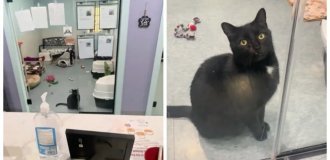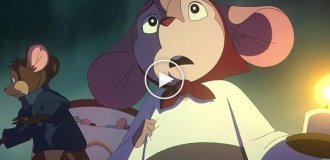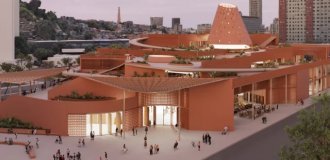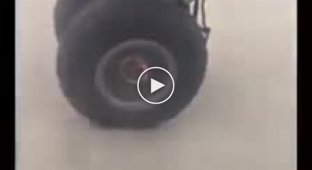Important inventions made before the invention of the wheel (13 photos)
It would seem that the invention of the wheel marked the beginning of man's movement to the modern state in terms of the level of equipment of goods around him. But in relation to the whole of human history, the wheel appeared not so long ago. In Mesopotamia (modern Iraq), the wheel appeared only 5,500 years ago, and representatives of other ancient cultures were able to achieve impressive technical achievements without the wheel at all. 
Before this, man had invented many very necessary and important things for himself. We still use many of these things.
Alcohol 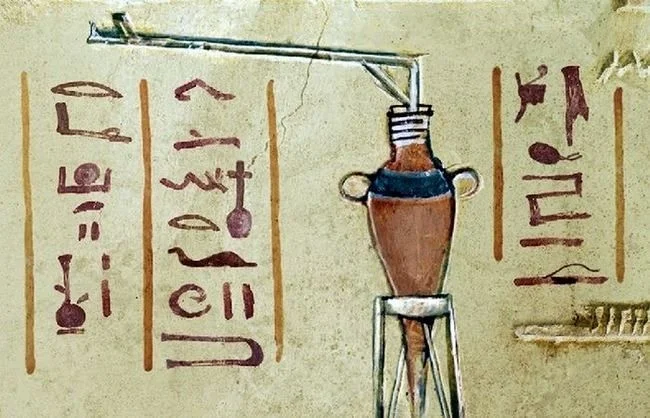
"Beer is the proof that there is a God and that he wants us to be happy." - Benjamin Franklin.
Some archaeologists believe that grain was originally grown to make beer, not bread. While the extent of alcohol's influence on human civilization is debated, its ancient origins are no secret. The oldest evidence of human alcohol consumption found so far is 9,000-year-old chemical traces of a fermented beverage found on a drinking vessel in the Neolithic site of Jiahu, China.
Clothing 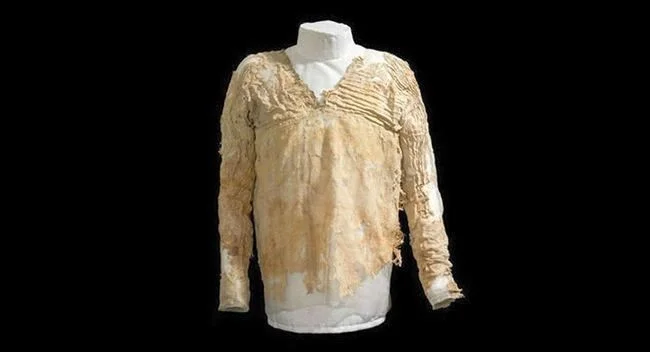
Because textiles, leather, and fur tend to degrade over time, scientists have had to get creative in determining the origins of clothing. The dress (pictured) found in Egypt is at least 5,100 years old, making it relatively recent. Dating back to the First Dynasty of Ancient Egypt, or the Old Kingdom, the dress is made of linen (and is the oldest known textile garment).
But in reality, clothing dates back much further. A stone tool found during an archaeological dig in Germany shows signs of tanned animal skin, suggesting that Neanderthals wore tanned skins 100,000 years ago. A 2011 study suggests that clothing can be traced back to the evolution of body lice, making it about 170,000 years old.
Jewelry 
Clothing certainly helped people compensate for the hair they lost as they evolved and migrated to colder climates, but it may also have had cultural significance. Archaeological evidence suggests that humans have also been decorating themselves with jewelry for a long time. The oldest surviving pieces of jewelry include 82,000-year-old pierced shells coated in red pigment from a cave in Morocco and a 130,000-year-old eagle talon necklace found in the Neanderthal Cave in Croatia.
Boats 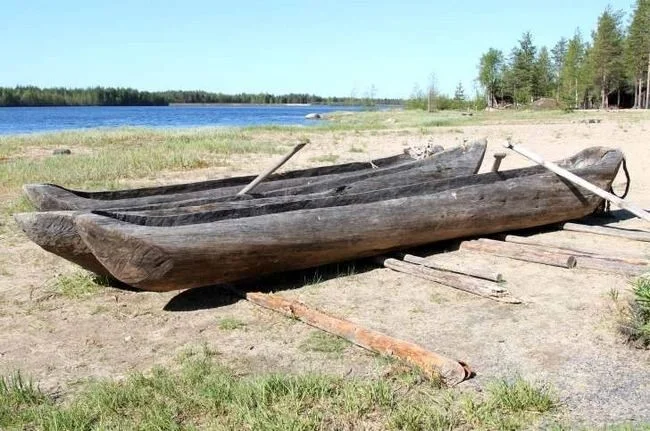
Before animal-drawn carts became the primary means of transportation, humans had long used rafts and boats. The Pesse canoe, radiocarbon dated to around 8200-7600 BCE and found in the Netherlands, is thought to be the world's oldest surviving boat. But it is likely that humans learned to build boats even earlier to navigate the seas, for fishing or exploration. Eventually, settlers somehow crossed the oceans to Australia, Indonesia and the Pacific islands at least 45,000 years ago.
Calendar 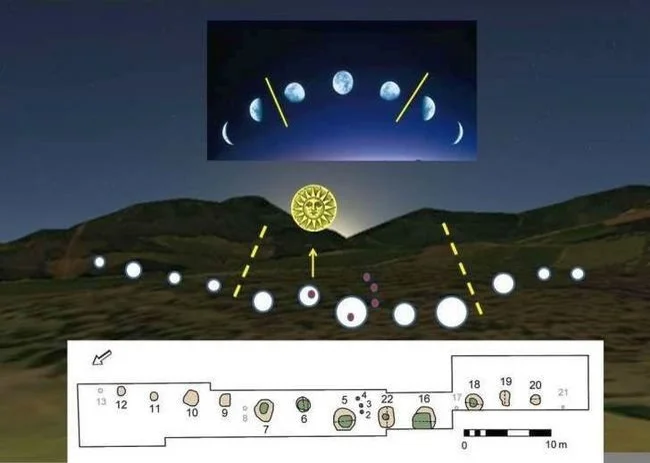
Long before the gears of clocks were invented, people used sophisticated methods to tell time. One group of archaeologists claims that the first lunar calendar appeared 10,000 years ago. This is the Aberdeenshire ensemble, located in Scotland, which consists of 12 pits that form an arched structure. They mark the months of the year. In Central Africa and Ukraine, calendars in the form of pits were not found, but various drawings on stones, bones and vessels, also divisible by 12.
Geographical maps 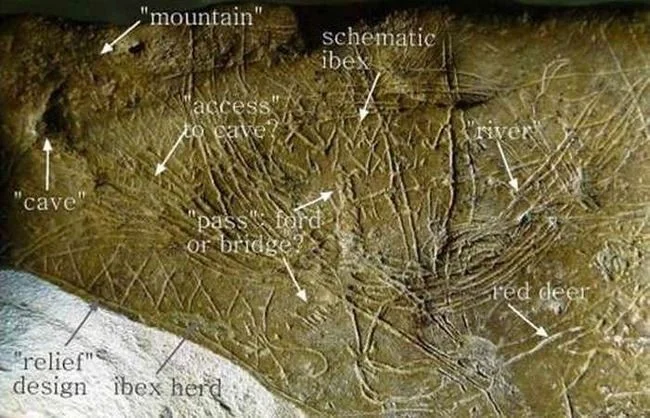
Not only did humans have to invent ways to track the lunar cycles, but they also had to figure out how to navigate in space. Archaeologists are still debating the significance of early rock art, but some of the oldest examples of possible prehistoric maps come from the Abaunz Cave in Spain. The 14,000-year-old stone tablets are thought to depict mountains, rivers, and ponds, intersecting routes, and hunting trails. Also, map-like images of mountains, rivers, valleys, and routes found near Pavlov, Czech Republic, have been dated to around 25,000 BC. 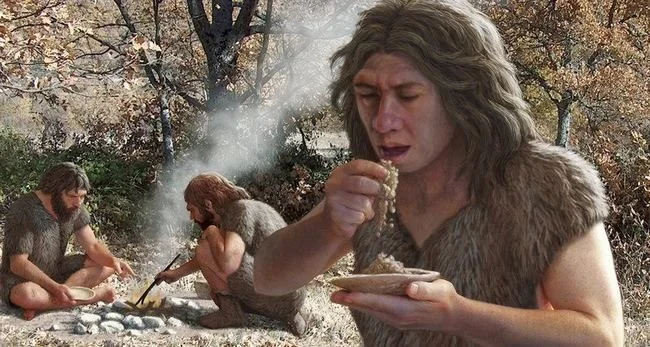
When humans learned to make fire, they invented cooking. After all, if you cook meat and some types of plant food on a fire, you don’t need to spend so much energy chewing and digesting these products. Previously, it was believed that people began to use fire to cook food 500,000 years ago, but paleontologists have found that people began to process food on fire about 1.9 million years ago. Starting with Homo erectus, the structure of the teeth begins to change, which, according to scientists, is a sign of the emergence of the habit of cooking food.
Musical instruments 
Modern scientists suggest that music has existed for about 50,000 years. The oldest examples of a musical instrument were found during excavations in Germany, in the Hohle Fels cave. They were found next to sculptures dating back to 35,000-40,000 BC. These were flutes made from vulture wings and mammoth tusks. They are no more than 8 mm thick and 21.8 cm long. The body has 5 holes that were covered with fingers when playing.
Glue 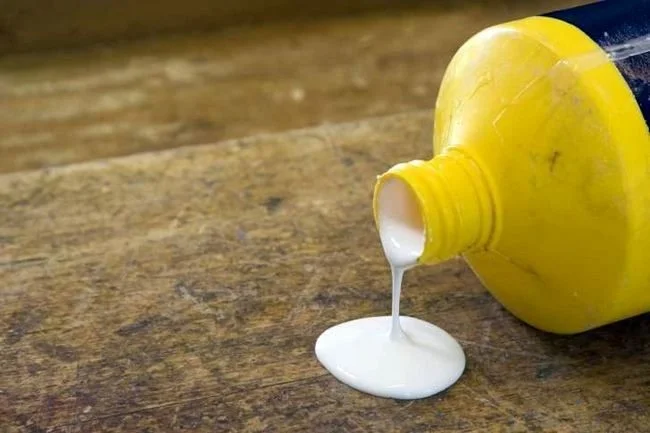
Ordinary modern glue from the market has a long history. About 200,000 years ago, Neanderthals wandering Europe used sticky birch bark resin to attach their stone tool tips to their handles. The discovery was made by scientists thanks to fossilized fingerprints in resin along with the tool. To obtain such glue, birch was specially burned. During the burning process, resin was released and then all the elements were glued together with this resin.
Ceramics 
Thousands of years before the invention of the wheel, people made vessels for eating, drinking and storing food by creating a mold from clay and then firing it. Primitive man began to make his first dishes from wood and bark, wove baskets from twigs. But all this dishware was inconvenient, you couldn’t cook in it, you couldn’t store liquids.
The oldest ceramic vessels were found in China and are 20,000 years old. They made ropes of clay, placed them on top of each other in a spiral and squeezed. The dishes were covered with some kind of flammable material and set on fire. This way, it was possible to burn the dishes from all sides. Later, the potter's wheel appeared, and some even claim that it is the first type of wheel ever created.
Bow and Arrows 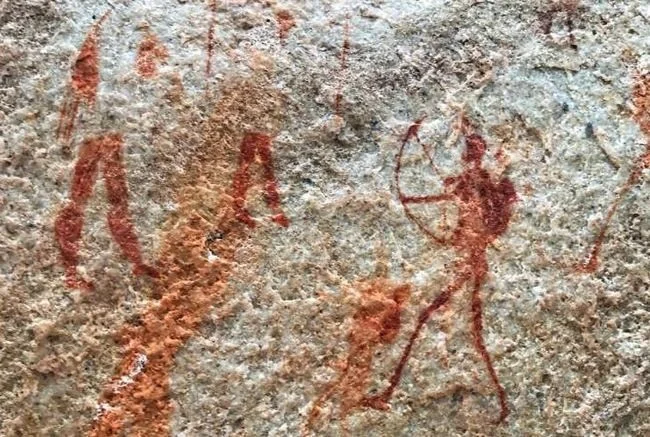
The remains of five bows made 9,000 years ago were found in the Stone Age settlement of Holmegards Mose in Denmark. But the bow and arrow were invented much earlier. Recently, scientists reported the discovery of a bloody arrowhead at least 64,000 years old, not in Europe, but in the South African cave of Sibudu. These finds are very important, since the invention of these tools requires complex forms of thinking. If we know when the bow and arrow were invented, we will establish when our ancestors began to think like modern people.
Among modern people, there is a common stereotype of ancient man - a shaggy savage in an animal skin and with a club. But in reality, our ancestors were much smarter and more inventive than we are accustomed to thinking. This is evidenced by numerous archaeological finds. The more discoveries we make in archeology, the more amazing the world of antiquity opens up to us. 
One of the oldest depictions of a wheel, the Bronocie vase
